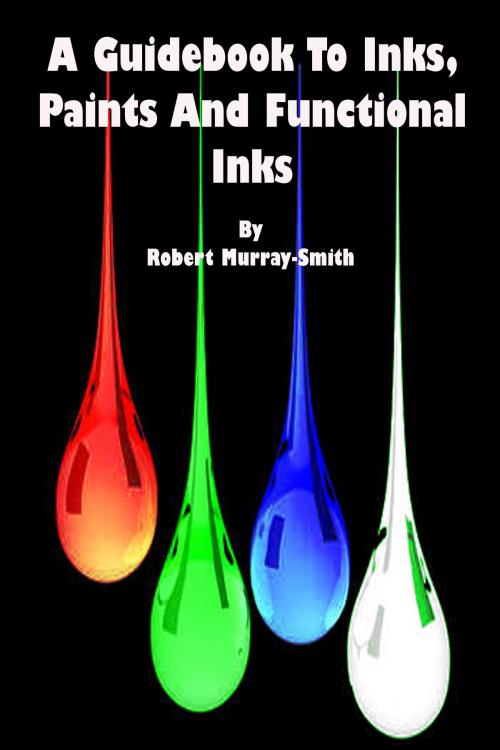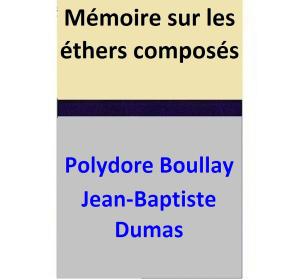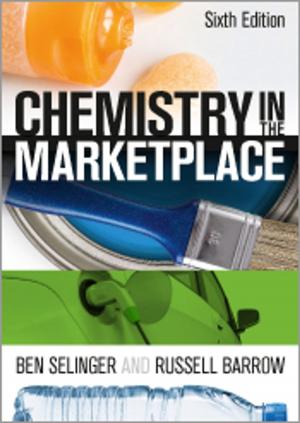A Guidebook to Inks,Paints And Functional Inks
Nonfiction, Science & Nature, Science, Chemistry, General Chemistry| Author: | Robert Murray-Smith | ISBN: | 9781311306777 |
| Publisher: | Robert Murray-Smith | Publication: | October 26, 2014 |
| Imprint: | Smashwords Edition | Language: | English |
| Author: | Robert Murray-Smith |
| ISBN: | 9781311306777 |
| Publisher: | Robert Murray-Smith |
| Publication: | October 26, 2014 |
| Imprint: | Smashwords Edition |
| Language: | English |
The aim of this book is to give a little of the background regarding the making of inks, paints and conductive inks and to suggest some possible uses and further experiments for them when applied as thick films.
The book concentrates on the use of inks produced by FWG. The main reason for this is that FWG inks are conductive, like a lot of inks out there, but because of their unique nano-structure they posses some very interesting properties not normally found in other conductive inks.
However, the book does extend to thick film functional inks per se and to the use of inks not produced by FWG so, a lot of what is discussed is equally applicable to functional ink deposition in general and as such some recipes for the formulation of additional inks is given in later chapters of this book to aid in the development of functional devices based on inks that can be made by the experimenter themselves in their own labs opening up the opportunity for the creation of new inks, new devices and new ideas.
A book like this is, in fact tremendously difficult to write as it tries to do quite a few things. Firstly it is a discussion on the nature of functional inks along with some of the considerations needed in order to make inks. Secondly, it tries to present some recipies in an easy to follow format that can de used as baseline recipies for further exploration and development and thirdly it presents some possible uses for the inks and ideas on where to go when developing new inks and new applications.
Because the book tries to do so much it is of necessity a bit of a confused beast that may well have been better served by being three separate books – but there we have it – I have tried to do all three at once and for that I am bound to have left everybody dissatisfied to at least some degree.
In order to overcome this to an extent the book is divided into a main body which discusses inks and their general considerations and then there is a whole load of appendixes that each cover quite a variety of information that I have either written myself or lifted ad hoc because I thought it was useful to the would be inventor.
Some of the appendices go into quite a lot of detail about the types and materials needed when making your own inks, some are just general ideas and some are specific implementations that can be converted into printed form. As I said these are included because I thought they were fascinating, not generally known and would make a great springboard for further development.
The aim of this book is to give a little of the background regarding the making of inks, paints and conductive inks and to suggest some possible uses and further experiments for them when applied as thick films.
The book concentrates on the use of inks produced by FWG. The main reason for this is that FWG inks are conductive, like a lot of inks out there, but because of their unique nano-structure they posses some very interesting properties not normally found in other conductive inks.
However, the book does extend to thick film functional inks per se and to the use of inks not produced by FWG so, a lot of what is discussed is equally applicable to functional ink deposition in general and as such some recipes for the formulation of additional inks is given in later chapters of this book to aid in the development of functional devices based on inks that can be made by the experimenter themselves in their own labs opening up the opportunity for the creation of new inks, new devices and new ideas.
A book like this is, in fact tremendously difficult to write as it tries to do quite a few things. Firstly it is a discussion on the nature of functional inks along with some of the considerations needed in order to make inks. Secondly, it tries to present some recipies in an easy to follow format that can de used as baseline recipies for further exploration and development and thirdly it presents some possible uses for the inks and ideas on where to go when developing new inks and new applications.
Because the book tries to do so much it is of necessity a bit of a confused beast that may well have been better served by being three separate books – but there we have it – I have tried to do all three at once and for that I am bound to have left everybody dissatisfied to at least some degree.
In order to overcome this to an extent the book is divided into a main body which discusses inks and their general considerations and then there is a whole load of appendixes that each cover quite a variety of information that I have either written myself or lifted ad hoc because I thought it was useful to the would be inventor.
Some of the appendices go into quite a lot of detail about the types and materials needed when making your own inks, some are just general ideas and some are specific implementations that can be converted into printed form. As I said these are included because I thought they were fascinating, not generally known and would make a great springboard for further development.















